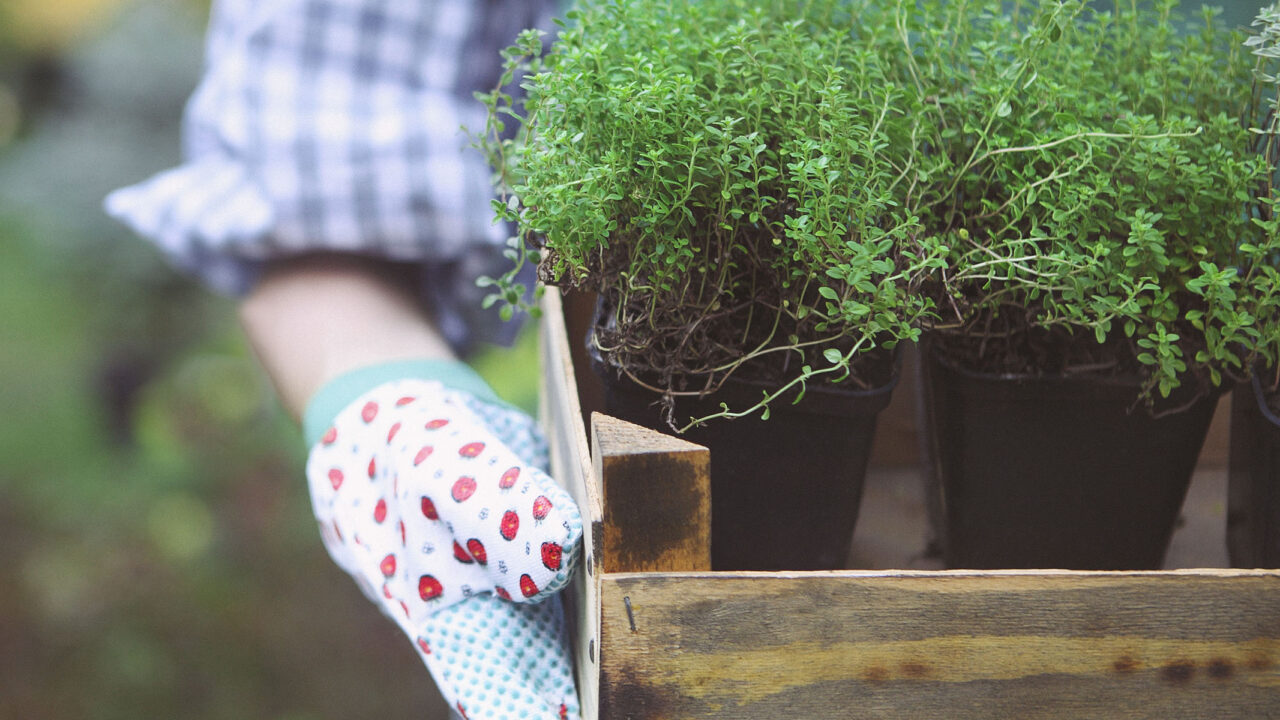Now that August is here, it’s time to make your garden ready for hummingbirds that will be passing through Houston this month! Hummingbirds typically make their way through Houston for a short period in spring during their northern migration. A majority of this population usually returns for a month, or a bit longer, in August or early September for their southern migration. A small percentage of hummingbirds will visit our Houston gardens throughout the summer and even stick around during winter. It’s a good idea to put out your hummingbird feeders by August 1st so you can be certain to attract them.
Ruby Throated, Black Chinned and Rufous hummingbirds are the three most common types we find in our Houston gardens. The best way to attract hummingbirds to your garden, and encourage them to return the following year, is to plant your garden with nectar plants. Hummingbirds will feed on a combination of flower nectar and tiny insects. They are especially attracted to tubular shaped flowers and reds; oranges and yellows are favored flower colors.
Here are some of our favorite plants to attract and feed hummingbirds:
Firebush (Hamelia patens). This perennial produces long tubular flowers in shades of red, orange and yellow, perfect for attracting hummingbirds. Plants perennialize in Houston gardens, but top growth may freeze to the ground in especially cold winters. Blooms from late-spring through late-fall. Full sun.
Butterfly weed (Asclepias tuberosa). If you’re looking for orange color in the garden, this is the perfect plant! A full sun perennial that produces clusters of small orange flowers in early summer on 3-foot mounds.
Esperanza (Tecoma stans). This deciduous shrub produces clusters of large tubular flowers in shades of bright yellow, to apricot, orange and red. A hummingbird favorite in full sun.
Turk’s Cap (Malvaviscus arboreus). If you have a shady garden, but still want to feed the hummingbirds, Turk’s Cap is a great choice. This large root-hardy perennial grows in large clumps up to 4-5 feet tall and wide with masses of bright red flowers.
Autumn sage (Salvia greggii). A must-have shrubby perennial that blooms almost constantly from spring through fall in a sunny location. The bright red, pink, coral and yellow blooms are perfect for attracting hummingbirds. The tubular flowers provide ample nectar.
More hummingbird plants:
Cedar Sage (Salvia roemeriana)
Cardinal Flower (Lobelia Cardinalis)
Cypress Vine (Ipomoea quamoclit)
Tangerine Beauty Crossvine (Bignonia capreolata ‘Tangerine Beauty’)
Pride of Barbados (Caesalpinia pulcherrima)
Texas Lantana (Lantana urticoides)
Desert willow (Chilopsis linearis)
Firecracker bush (Russelia rotundifolia)
Coral honeysuckle (Lonicera sempervirens)
Zinnia sp.
Supplementing with Feeders
If you don’t already have a bevy of hummingbird plants in your garden or don’t seem to be attracting as many hummingbirds as you’d like, putting out feeders is an easy solution. We have a great selection of feeders in stock right now. To make your own hummingbird food, simply mix one part sugar with four parts water and bring to a boil for two minutes. Let cool completely and then fill your feeders. There’s no need to add food coloring as the feeders themselves will attract the birds. You can keep leftover feed in the refrigerator for about one week. We also carry ready-to-mix hummingbird food concentrate that’s ready to grab and go. Never use honey or agave nectar as substitutes for plain sugar in your solution. Neither have the right forms of sugar that hummingbirds need and you can harm the little birds by using them.
It’s a good idea to change out your feeders every three or four days. Fungus can sometimes be a problem in feeders, especially with our Houston heat. Be sure to scrub out any fungal growth and soak feeders in vinegar if you have this problem. If it continues, consider moving feeders to a shadier spot where fungal growth will be slowed.
